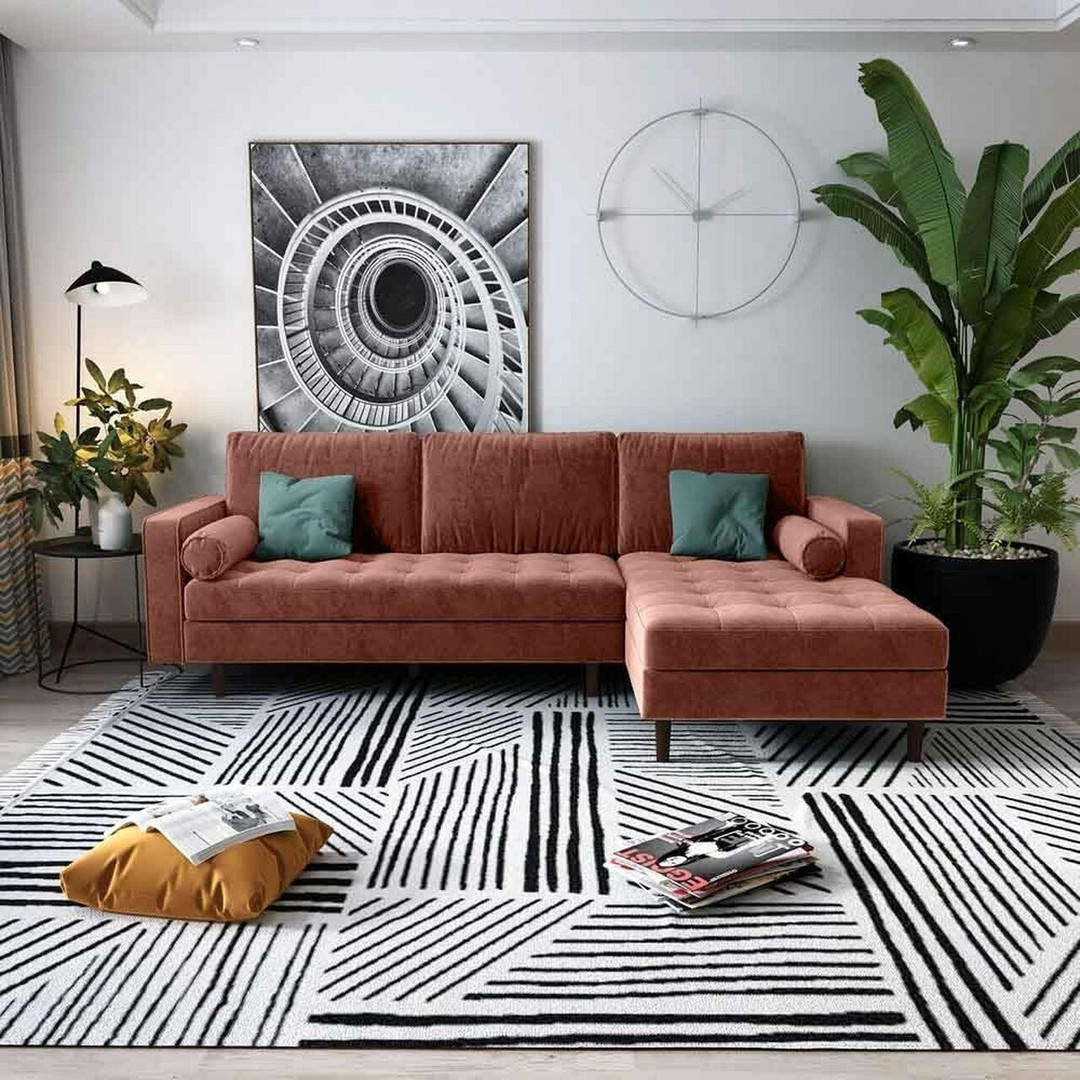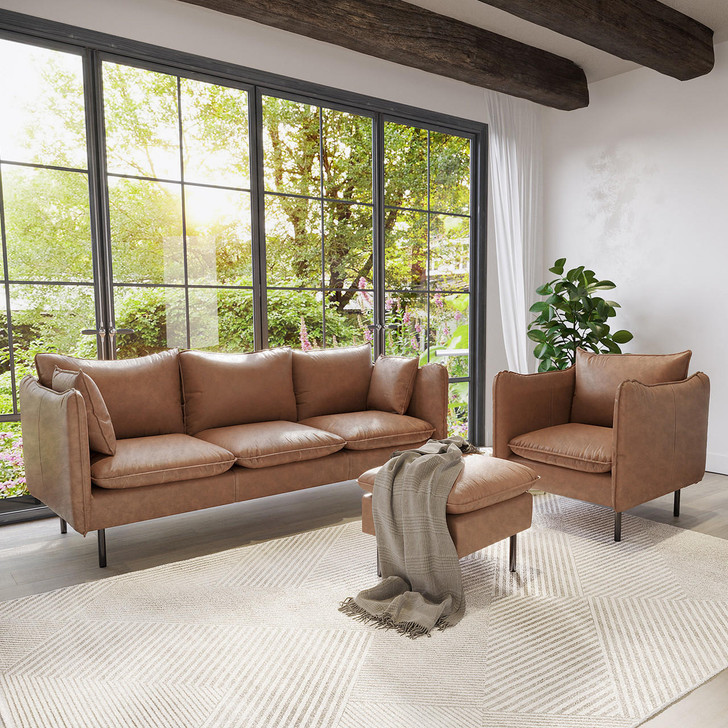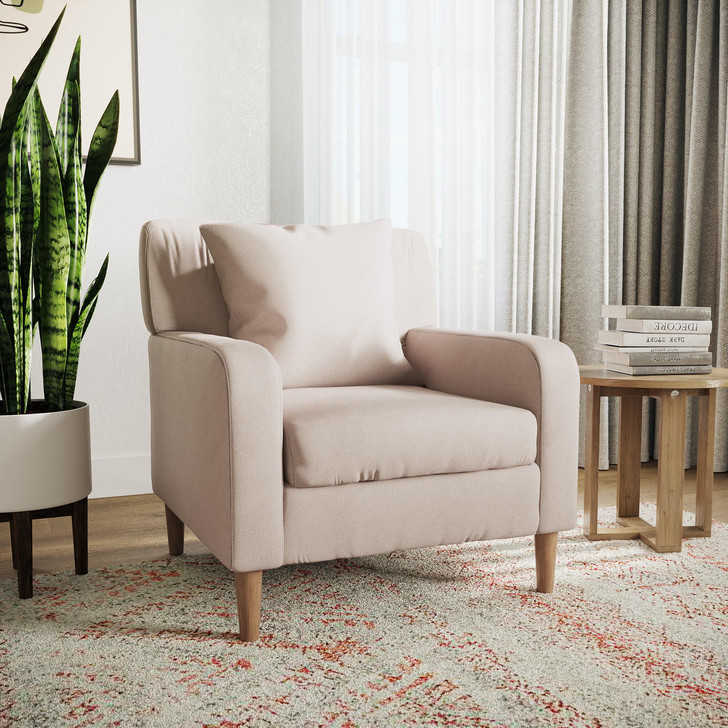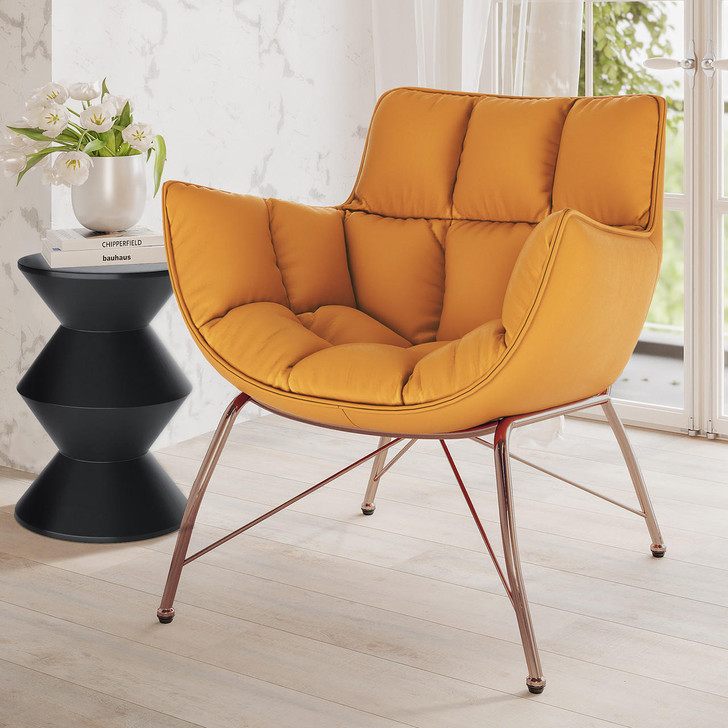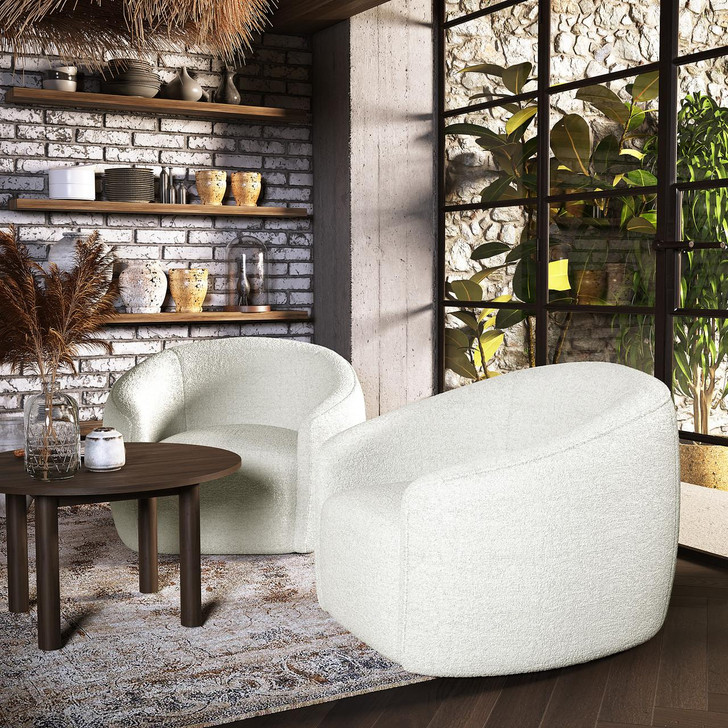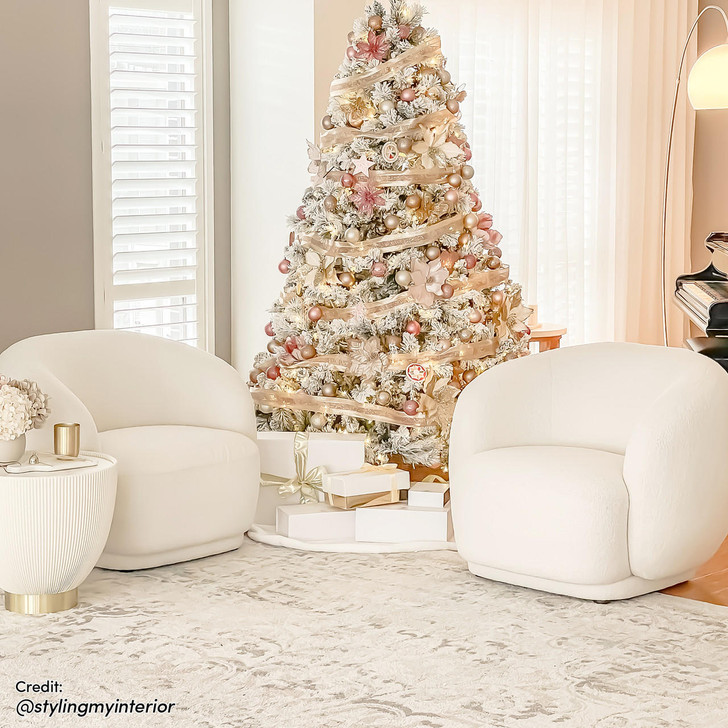Guide on Mixing and Matching Different Furniture Styles
Posted by Luxo living on 10/5/2023
Why Mix and Match Furniture?
Mixing and matching furniture aims to provide your chambers with a unique and personalised look. Here are some reasons to learn how to mix and match furniture properly:
Cost-effective
Its primary appeal is Cost-effectiveness as it's a cheaper alternative to buying one piece of furniture that costs more than two or three combined pieces.
Easy customisation
You can use similar furniture pieces throughout your house, which can be moved from one room to another when necessary. Besides uniqueness, the customisation lets you change the living room configuration based on space or the number of people present.
Create depth and contrast.
Mixing and matching add contrast between colours and styles as well as interest to your space; essentially, each piece stands out instead of blending into one passive furniture collection. This factor also creates depth, making the room appear larger than usual.
Versatility
Another noteworthy reason to mix and match furniture is that you can change things up whenever you desire. You aren't stuck with one furniture set and configuration forever but can swap pieces out instead of starting from scratch.
How to Mix and Match Furniture
Without further ado, here's our professional guide on Mixing and Matching furniture to create the most unique and optimised homes. Our tips include the following:
1. Start and end with a plan
Like every project, planning is essential; you need a concrete understanding of the look and feel you desire from your environment. Failing to implement this factor can make you become stressed, overwhelmed, confused, and may prolong the completion time.
Creating an inspiration board is one way to get a firm direction for your furniture mix-and-match decoration. An inspiration board is a collection of images visually representing what you desire.
You can gain inspiration from magazines, blogs, catalogues, and other similar sources. Feel free to copy a style suggested by these sources; satisfaction is what matters.
2. Start neutrally
Start neutrally with a simple, bland furniture piece instead of selecting a traditional accent chair or sharp velvet mid-century sofa to avoid getting stuck. For example, a plain sofa containing little to no design is a blank canvas to construct your interior decoration around.
Upon selecting your primary piece, you can fill the space with smaller elements having different themes, styles, eras, etc. These can include side tables, artwork, lamps, accent chairs, and pillows.
3. Try a statement piece
If the neutral option feels like a dead end, consider trying the opposite and going for a statement piece that you enjoy and designing around this item. Also, items surrounding this statement piece should carry similar colours or design styles and must be able to achieve balance and contrast.
4. Limit your colour palette
While mixing and matching your furniture may allow you to incorporate different styles into your living space, you must still aim for coherence. Too many colours and themes in one environment can be visually unappealing, ruining the interior decoration goal.
To solve this issue, we recommend limiting your colour palette; reduce the number of styles and variety to provide a coherent look. A rule of thumb is to use two neutral shades and two accent colours, ensuring the main attraction remains visible.
5. Mix unrelated items
Suppose you have additional furniture that needs utilisation but worry that it may ruin the aesthetics of your living room's matching furniture set. In that case, there's hope in mixing and matching this unrelated item in your living room.
For example, you can include a different coloured chair or cushion in your living room that doesn't necessarily match the sofa or couch. The rule of thumb for making this mix is for the furniture to have something similar, like texture or time period.
This unrelated mixing is possible with coffee tables, throws, vases, and other elements for interior decoration.
6. Repurpose existing furniture
Feel free to mix things up by giving already-existing furniture a new purpose, like taking out a chest drawer from the bedroom and converting it into a storage unit in the dining room. You can also incorporate art pieces from one room into the living room or bedroom.
This action helps to restyle your room, bring new life into the atmosphere, and create uniqueness. Additionally, since you're using existing furniture, creating this satisfying look costs you little to nothing.
7. Watch the scale of objects
Irrespective of the project, one of the most emphasised lessons in interior decoration is learning how to manipulate the scale of objects. In other words, paying attention to the proportion and comparative size of objects in your environment is crucial to achieving peak visual appeal.
For example, consider combining dainty objects like a coffee table and settee with heavier ones like a round pedestal side table and sofas. It aims to achieve balance and help the eyes glide seamlessly throughout the room.
8. Use patterns
Patterns are perfect for introducing intrigue in interior design since the human brain identifies objects by assessing their patterns and familiar facets. However, it's common to abuse this factor and overwhelm the eyes with too much action.
Therefore, we recommend creating a cohesive look using subtle patterns and avoiding patterns on bigger surfaces. Excess patterns ruin visual appeal as the room feels busy, overwhelming, and difficult to decipher.
9. Employ accents
Create powerful focal points in your living space by employing accents; whether you opt for engaging colors like a bright cushion or intriguing accessories like a unique lamp or art piece, the goal is to introduce complexity to the room and provide a substantial visual impact.
However, it's possible to go overboard by creating accents, and introducing too many focal points, which become distracting. Ultimately, aim to attract attention to that piece as the eyes gaze upon the room.
10. Consider using textures
While shapes, colours, and accents are essential for comfort when mixing and matching furniture in your room, the texture is another crucial element. Mixing multiple textures can bring uniqueness and visual appeal to your living space.
Instead of subjecting the eyes to the same glossy or furry furniture and design, consider adding more elements. Besides being light on the eyes, it creates versatility in the tactility of your indoor decoration.
11. Repeat elements
To effectively style mismatched furniture in your home, there needs to have at least one design element binding all items. This involves repeating colours, materials, finishes, or patterns twice or thrice in a single space, making the area intentional and curated.
12. The 80/20 Rule
The 80/20 rule, also called Pareto's Principle, states that 80% of the result comes from 20% of the work. In interior decoration, that translated to choosing the main theme and its supporting elements.
For example, suppose you aim for a comfortable-modern-traditional home decoration style; the larger ticket items in your home must include elements of modernity. In other words, the main theme will represent 80% of your home, while other styles will occupy 20%.
13. Maintains cohesiveness
As previously mentioned, it's easy to get carried away when mixing and matching furniture to create a unique living space. When styling your interiors, the goal is to balance all elements used in the design.
For furniture, you can create cohesiveness with mismatched furniture by ensuring they're around the same size, shape, style, or period. Ultimately, your living space should always appear manageable to the eyes, and the most effective way to achieve this goal is to make and stick to a plan.
14. Do some research
You can rely on intuition when mixing furniture and creating some satisfying results; however, your space becomes truly curated when you understand the provenance of items alongside their design meaning and history.
For example, pairing a Belgian art nouveau armchair with a mid-century side chair becomes easier once you know their design history. This knowledge allows you to include the right colour palette and additional materials to complete the inclusion.
15. Include contemporary art
Incorporating contemporary art in your classic living piece adds interest to your room, and the clash between styles presents a striking statement for the eyes. Therefore, consider including contemporary art if you're looking for ways to improve your chamber's uniqueness.
However, ensure it suits the environment and functions to create cohesion instead of a distraction. For example, including an overly sexual art piece in your classic living room can attract too much attention and break that much-needed balance.
Conclusion
Note that it's acceptable to experiment with layouts and schemes when mixing and matching different furniture styles. During the process, you may find something consistent with your personality, thereby satisfying your desire.
After all, one benefit of mixing and matching different furniture is the liberty to express your taste. So, enjoy the opportunity and reveal your creative side while beautifying your home with little to no financial requirements.
If you want more tips to bring your interior decoration dreams to fruition, visit our blog, as we provide practical expert recommendations. You're bound to find answers on everything interior decoration with us.

